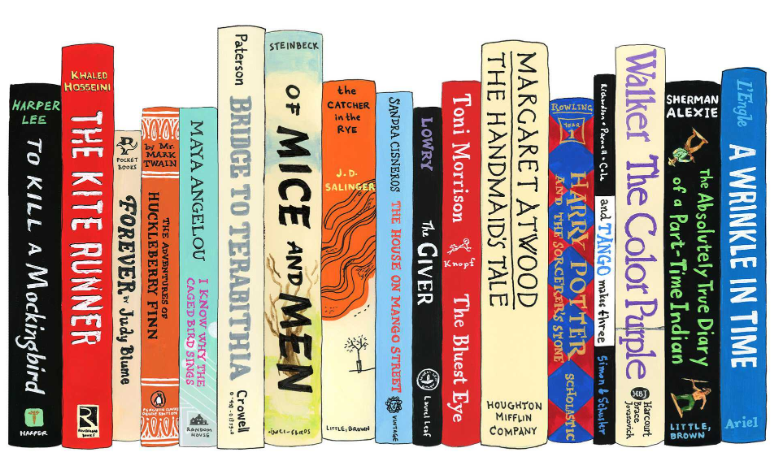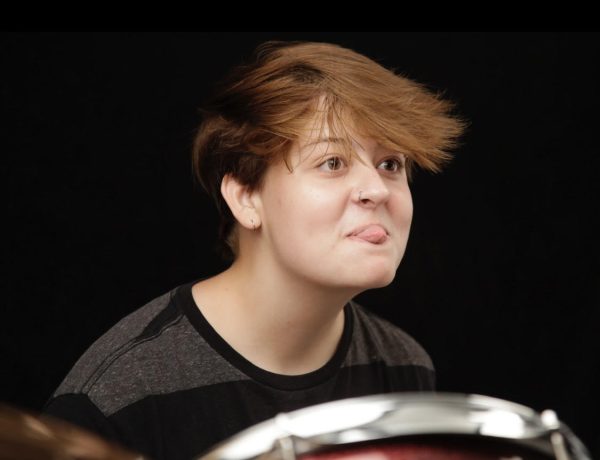Seasonal Affective Disorder (SAD) is categorized as a disorder with depression-like symptoms during the Winter or Summer months. However, most diagnosed with SAD experience symptoms during the winter months. Those who struggle with SAD will often find a loss of interest in activities they once enjoyed, low energy and sleeping too much. Since SAD is dependent on the time of year, it can be hard to detect and diagnose.
Places with less sunlight per year often have higher rates of SAD, while states with more sunlight every year have lower rates of the disorder. Florida, nicknamed “The Sunshine State,” has one of the lowest rates of SAD, while places like Oregon, which has rain 153 days out of the year, have much higher rates of the disorder.
Jacob Wolfe, a counselor at North Polk High School explained, “it is a form of depression that is characterized by the time of year of its onset/offset. It is common for people’s mood to ‘change with the seasons’ but this would be in more extreme cases.”
Furthermore, students struggling with SAD might find it difficult to stay academically productive and engaged in a classroom setting, and grades might start to slip. Additionally, those in extracurricular activities might feel even more burnt out as the days grow shorter. In extreme cases, they might lose interest in their activities altogether.
To combat SAD, those struggling might find it helpful to stay persistent in their activities, exercise regularly, and change their mindset to have a positive outlook towards the future. According to the National Institute of Mental Health, light therapy, psychotherapy, antidepressant medication and vitamin D are tools that one can use to help with their symptoms.
Wolfe concluded with ways to help support one’s mental health- especially those in school and those who participate in extracrriculars, “[t]his includes surrounding yourself with supportive adults/peers, setting realistic goals for academic success, getting regular exercise, eating a healthy balanced diet, staying patient and focusing on positives.”






